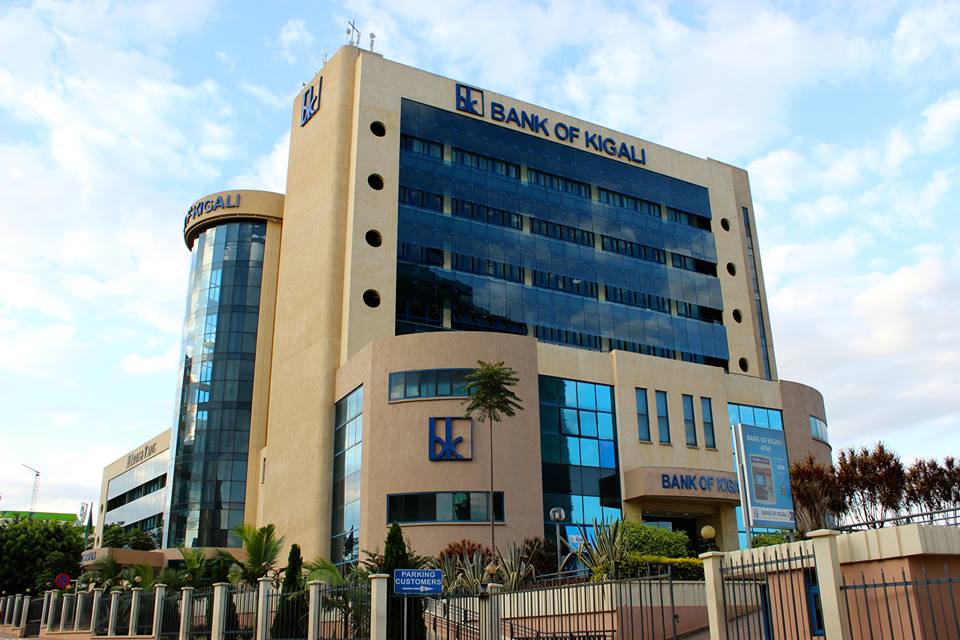
Oigara says the investment in technology generated positive return and further helped drive efficiency and deepen access to affordable financial services in all markets/FILE.
NAIROBI, Kenya, Aug 20 – Kenya’s most profitable banks are doing one thing in common – they are turning to mobile banking to drive profitability.
Take the instance of Kenya Commercial bank, the country’s largest lender by assets; last week, the bank reported that transactions done outside the branch had increased to 96 percent of total transactions, in the last 6 months, up from 87 percent.
Group CEO and Managing Director Joshua Oigara says the transactions were mainly driven by mobile transactions.
The bank registered Sh12.7 billion in profit after tax in 2019 half year result, an upward improvement of 5 per cent from Sh12.1 billion registered during the same period last year.
The company also reported a 131 percent growth in non-branch revenue to over Sh5.2 billion.
As of June 2019, KCB’s mobile transactions accounted for 78 percent of transactions, followed by Agency and internet banking at 14 percent.
Bank tellers and Automated Machines (ATMs) tied at 4 percent.
“We had a strong second quarter and witnessed continued growth across our businesses segments. The investment in technology generated positive return and further helped drive efficiency and deepen access to affordable financial services in all markets,” Oigara said.
This comes a few weeks after Equity Bank, Kenya’s largest retail lender by customers Equity Group said most of its transactions were conducted on mobile, rising to 77.4 percent, compared to 76.4 percent recorded during a similar period a year earlier.
In its half year results early this month, Equity confirmed that most of its transactions were conducted on mobile, rising to 77.4 percent, compared to 76.4 percent recorded during a similar period a year earlier.
Equity Bank’s half-year net profit increased nine percent to Sh12 billion.
The bank’s Eazzy app transactions grew by 28 percent to reach 146 million up from 114 million transactions while Equitel transactions grew by 5 percent from 121 million to 126 million transactions.
“We strive to respond to our customers’ emerging needs, aspirations and preferences. As demand for these services evolve in tandem with the changing lifestyles, we are positioning ourselves to create new bridges of opportunity for Kenyans by combining the empowering nature of access to credit with the reach and transparency of technology,” Equity Group Managing Director and CEO James Mwangi said in an earlier interview.
Agency banking was the second most used at 12.2 percent and conducted 44 million transactions.
This was followed by automated teller machines (ATMs) at 3.7 percent. Branches came last at 3.4 percent.
Additionally, 93 percent of loans disbursed during the period were mobile loans.
According to the bank, out of the 2 million loans disbursed, 1.9 million loans worth Sh70.9 billion were disbursed through Equitel mobile channel.
Only 100,000 loans worth Sh20 billion were disbursed through the branch.
Co-operative bank, which is the region’s third largest bank by Assets, says it has moved almost 90 percent of all its customer transactions to alternative delivery channels which include mobile banking, internet banking and agency banking among other channels.
By September 2018, the bank reported that it had registered over 3.9 million customers on its Mco-op cash mobile wallet.
At Absa Group Kenya, former Barclay Bank Keya, mobile banking has taken centre stage with the bank blaming its 2017 staff layoffs in hundreds to the increased uptake of digital banking that rendered many workers redundant.
“In the past few years, we have seen a material uptake of mobile and online banking as well as other alternate channels driven by customer preference and a desire to transact round the clock at their convenience,” the bank said in a statement.
The trend is backed by a finding by the Financial Sector Deepening survey which says mobile banking account usage increased by 8 percent in 2019, while the use of traditional bank accounts declined by an average of 2.1 percent during the same period.
According to the survey, rapid adoption of mobile banking accounts usage was more among the male/urban users at 8 percent growth rate, although adoption among the female/urban mobile banking accounts usage was just 1 percentage point below, at 7 percent growth rate.




































